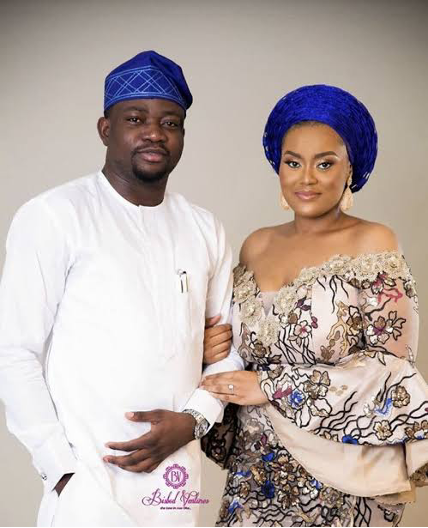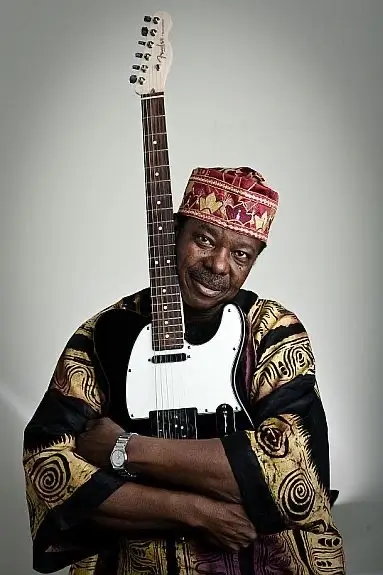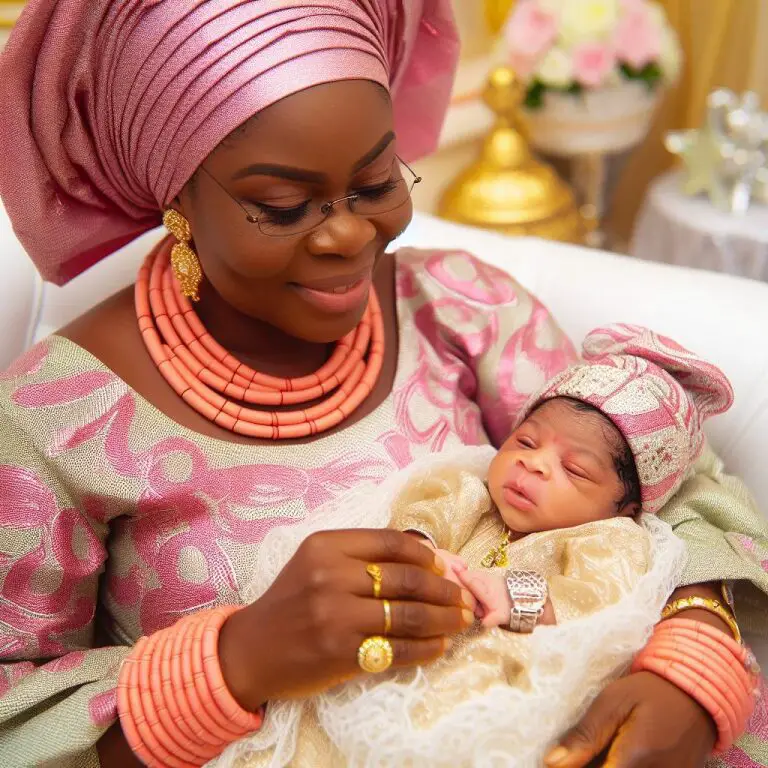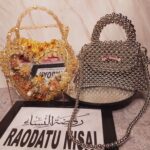DiscoverYoruba.com is your one-stop for embracing Yoruba culture, entertainment, and history unfolding.
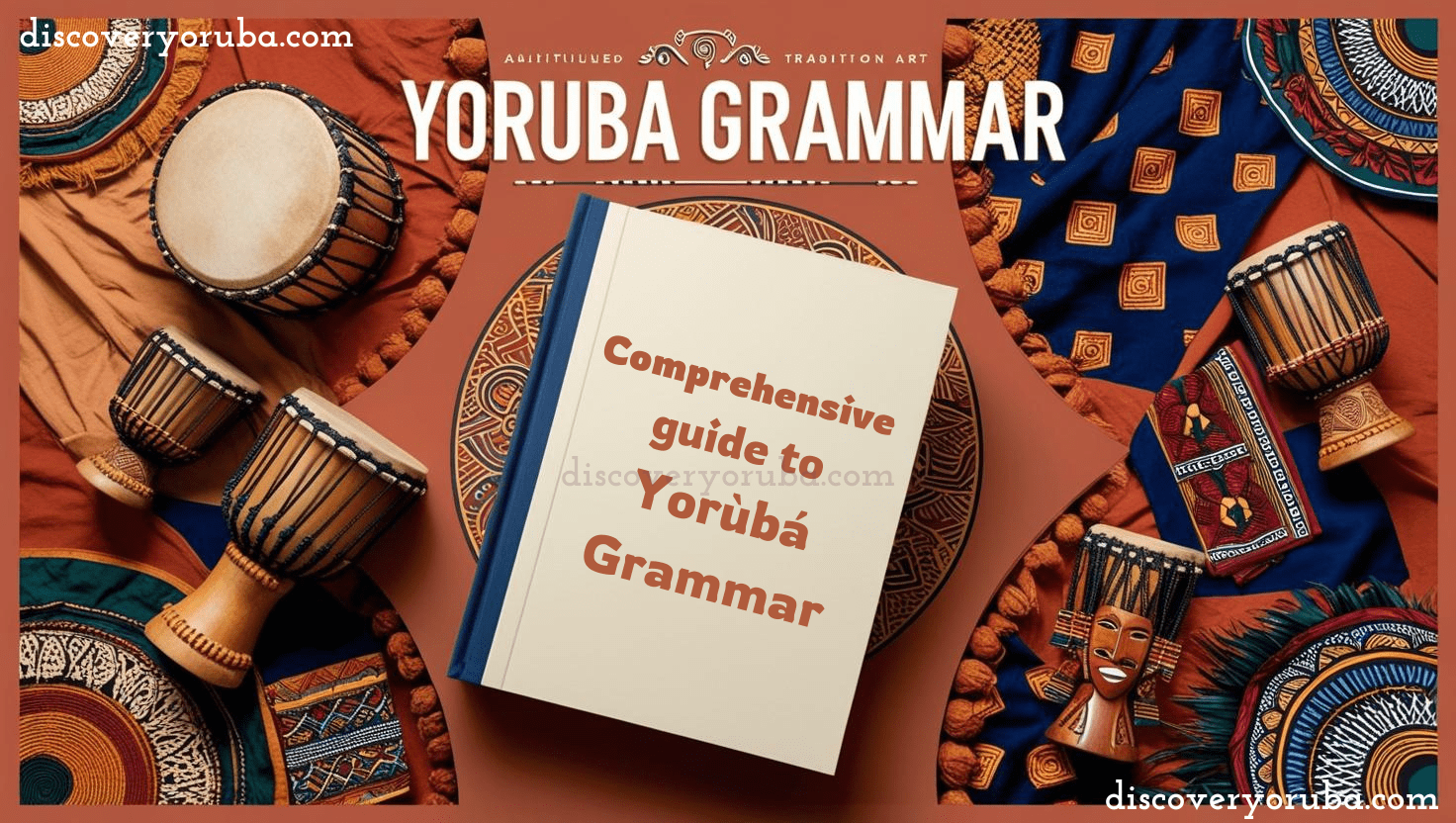
Welcome to our exploration of Yorùbá grammar rules! In this post, we’ll delve into the essentials of Yorùbá grammar, covering topics such as sentence structure, tenses, and much more. This blog aims to help you grasp the key rules of the Yorùbá language, making it simpler for you to read, write, and communicate effectively.
Yorùbá is a Niger-Congo language mainly spoken by the Yorùbá community in Southwestern and Central Nigeria, with over 20 million speakers. It is also found in parts of Benin and Togo, as well as in diaspora communities globally. The language has a rich literary heritage and is documented through various mediums such as books, journals, brochures, and newspapers. It features prominently in media outlets, including radio and television, and is taught across all educational levels.
Understanding Grammar
In linguistics, grammar is defined as the collection of rules that dictate the structure of a natural language, as shown through its speakers’ speech and writing. Essentially, it is the framework that clarifies how words function within a language, encompassing both spoken and written communication.
The Yorùbá language, one of the most widely spoken languages in Nigeria and West Africa, is characterized by a rich and organized grammatical structure that aids effective communication.
In this post, we will examine various components of Yorùbá grammar, such as sentence construction, parts of speech including nouns, pronouns, prepositions, verbs, questions, tenses, and other fundamental grammatical rules.
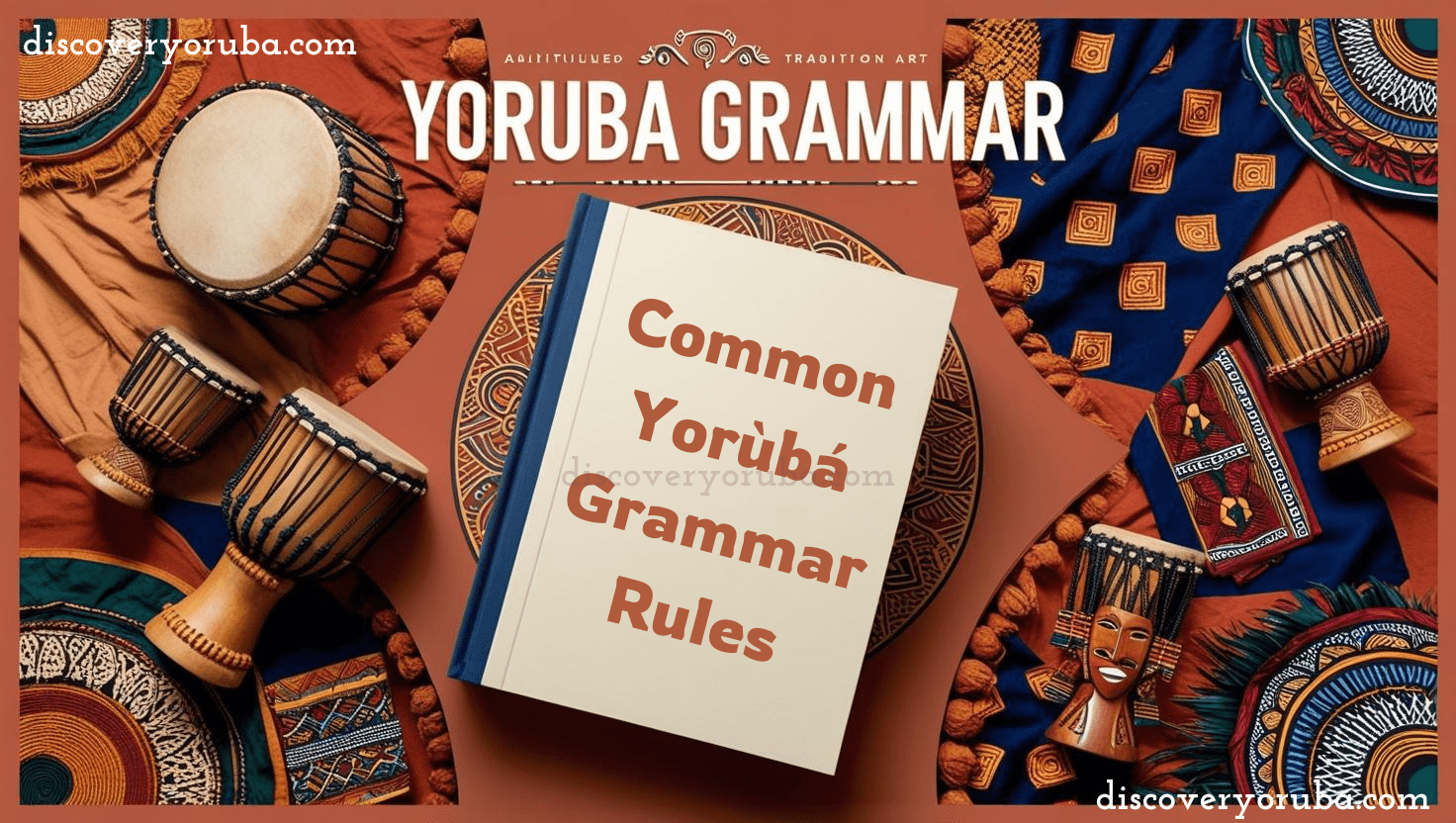
Common Yorùbá Grammar Rules
Yorùbá is a tonal language with distinct grammatical structures. Here are some key grammar rules along with examples:
1. Subject-Verb-Object (SVO) Order
Yorùbá sentences generally follow the SVO structure:
Mo (I) – Subject
ra (bought) – Verb
aṣọ (clothes) – Object
- Mo ra aṣọ. → (I bought clothes.)
2. Tense Marking
Yorùbá verbs do not change form for tense; instead, auxiliary markers indicate past, present, or future.
a. Present Tense (Progressive) – ” ń” Marker
- Mo n ́ ṣiṣẹ́. → (I am working.)
b. Past Tense – “ti” (sometimes omitted in casual speech)
- A ti jẹun. → (We have eaten.)
c. Future Tense – “yóò” or “máa”
- Baba máa ra ọkọ̀ tuntun. → (Father will buy a new car.)
3. Negation
Negation is formed using “kò” for past/present and “kì yóò” or “kò ní” for future.
Examples:
Mi ò jẹun. → (I did not eat.)
A ko ni lọ sí ibi náà. → (We will not go to that place.)
4. Possession
Possession is indicated by “ní” or through direct possession.
Examples:
Baba ní ile nla. → (Father has a big house.)
Ile mama mi tobi. → (My mother’s house is big.)
5. Adjectives Follow Nouns
In Yorùbá, adjectives come after the nouns they describe.
Examples:
Ilé ńlá → (A big house)
Ounjẹ tútù → (Cold food)
Ọmọ kekere → (A small child)
6. Emphasis Using Placement
Objects can be placed at the beginning of a sentence for emphasis.
Examples:
Aṣọ la ra. → (It is clothes that we bought.) Instead of “A ra aṣọ.” – “We bought clothes.”
Omi ni mo mu. → (It is water that I drank.) Instead of “Mo mu omi.” – “I drank water.”
7. Questions Without Question Words
In Yorùbá, yes/no questions often repeat the verb with a questioning tone.
Examples:
Ó ra aṣọ? → (You bought clothes?)
Wọ́n jẹun? → (They ate?)
For open-ended questions, question words are used:
- Ta ni o wa? → (Who came here?)
- Kini o fẹ́? → (What do you want?)
- Nigbà wo ni yóò dé? → (When will he arrive?)
8. Use of Pronouns
Yorùbá pronouns change based on subject, object, and possessive forms.
Examples:
Mo nifẹ́ rẹ. → (I love you.)
Ó fun mi ni ìwé. → (He gave me a book.)
Ile tiwa jẹ́ ńlá. → (Our house is big.)
9. Words Reduplication
Yorùbá often forms new words through compounding and reduplication for emphasis. Some verbs repeat for added emphasis.
Examples:
Aṣọ yẹn Dúdú gidi-gidi gan → (That cloth is very dark)
Ṣe kia-kia → (Be quick/ Hurry Up)
Loke-loke ni a maa lọ → (We shall keep going forward/upward)
10. No Gender Differentiation
Yorùbá does not have gender-specific pronouns. “Ó” can mean “he, she, or it.”
11. Honorifics and Respectful Speech
Yorùbá has formal and informal ways of speaking, especially when addressing elders. Yorùbá language has a strong respect system, using “Ẹ” (the plural or respectful form of “you”) for elders and authority figures.
Examples:
Ẹ káàárọ̀, Baba. → (Good morning, sir.)
Ẹ jọ̀ọ́, ẹ ṣàánú fún mi. → (Please, have mercy on me.)
These rules help in structuring Yorùbá sentences naturally while maintaining meaning and tone.
If you enjoyed this post on Yorùbá Grammar, don’t miss the next part where we dive even deeper into “Parts of Speech” and “Sentence Structure in Yorùbá”. In the continuation, we’ll explore more examples, provide practical tips, and uncover fascinating insights to enhance your understanding of Yorùbá Grammar. Subscribe and stay updated with us to read the next part and continue your learning journey!
References
1. Bamgbose, Ayo. A Grammar of Yorùbá.
2. Awobuluyi, Oladele. Studies in Yorùbá Grammar.
3. UNESCO Language Documentation Project.
4. Yorùbá Grammar Made Easy” by Adewale Adejumo.
5. Understanding Yorùbá Language” by Kemi Adesina

